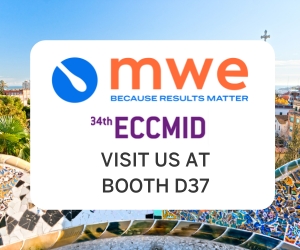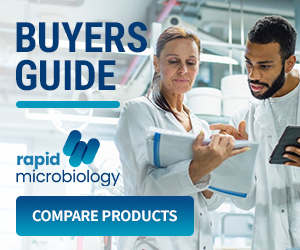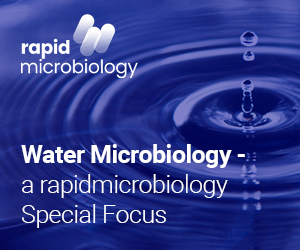Biochemical Identification Systems Allow Rapid and Easy Identification of Clinically Significant Micro-organisms
| | The Thermo Fisher Scientific range of biochemical identification kits is one of the widest available to clinical microbiologists today, providing reliable results in simple and convenient formats. The range, which includes the rapid and easy-to-use Remel RapID™ microbial identification systems and the Thermo Scientific Microbact™ biochemical identification kits, requires no capital investment, so it allows even small laboratories to confirm the identification of clinically significant bacteria, yeasts and fungi. |
The RapID range is the fastest and most convenient identification system of its kind. With its simple, one-step inoculation procedure, it allows accurate identification of a comprehensive range of micro-organisms in just four hours. The RapID method detects pre-formed bacterial enzymes and, therefore, is not dependent on the growth of the organism. This allows the panels to be incubated aerobically without the need for oil overlays, which saves time and resources.
Comparative evaluations demonstrated that the RapID method performed significantly better than other leading commercially available systems, particularly in the identification of clinically significant yeasts8 (including Candida krusei, an important pathogen of immunocompromised patients) and non-fermenting Gram-negative bacilli4 including Burkholderia cepacia5, an important pathogen in cystic fibrosis patients. The Thermo Scientific range of Manual Identification Systems also includes the Microbact biochemical identification kits for the identification of Gram-negative bacteria (the Enterobacteriaceae and miscellaneous Gram-negative bacteria) (Microbact 12A/E; 12B and 24E), Listeria species (Microbact 12L) and clinically important staphylococci (both coagulase-negative and coagulase-positive staphylococci) (Microbact 12S). These kits are available in convenient strip or microplate format, and organism identifications are based on pH changes and substrate utilisations. Julie Elston, clinical applications manager, Thermo Scientific and Remel products, comments: 'Our biochemical identification systems allow clinical microbiology laboratories of any size to confirm the microbial identification of clinically-significant micro-organisms, avoiding delays and saving valuable time in the diagnosis and treatment of patients.' For further information, customers outside of the U.S. should contact their local Thermo Scientific representative (+44 1256 841144, leslie.bissell@thermofisher.com, www.oxoid.com). Customers inside the U.S. should contact their Remel representative (remel@remel.com, www.remel.com). References: 1. Kitch, T.T., Jacobs, M.R. and Appelbaum, P.C. (1994) J.C.M. 32(4):931-934 2. Marler, L.M., Siders, J.A., Wolters, L.C. et al (1991) J.C.M. 29(3): 874-878 3. Kitch, T.T., Jacobs, M.R. and Appelbaum, P.C. (1992) J.C.M. 30(5):1267-1270 4. Vossler, J. and Roberts, D. (1993) ICAAC Abstract. 5. Kiska, D.L., Kerr, A., Jones, M.C. et al. (1996) J.C.M. 34(4): 886-891 6. Hudspeth, M.K., Gerardo, S.H., Citron, D.M. and Goldstein, E.T. (1997) 97th ASM General Meeting Abstract C-459 7. Kitch, T.T., Jacobs, M.R., McGinnis M.R. and Appelbaum, P.C. (1996) J.C.M. 34(5):1069-1071 8. Wadlin, J.K., Hanko, G., Stewart, R. et al. (1999) J.C.M. 37(6) 1967-1970 9. Arduino, M.J., McAllister, S.K., Shey, D.K. et al. (1994) 94th ASM General Meeting Abstract C-138 10. You, M.S. and Facklam, R.R. (1986) J.C.M. 24(4): 607-611 |
NOTE: This item is from our 'historic' database and may contain information which is not up to date.
Source : Thermo Scientific. View Company Information
Posted on September 14, 2010







